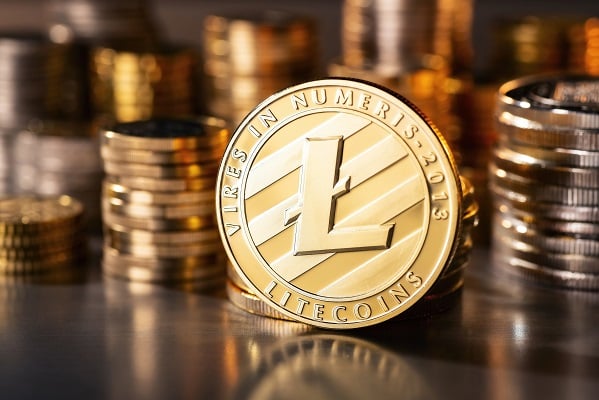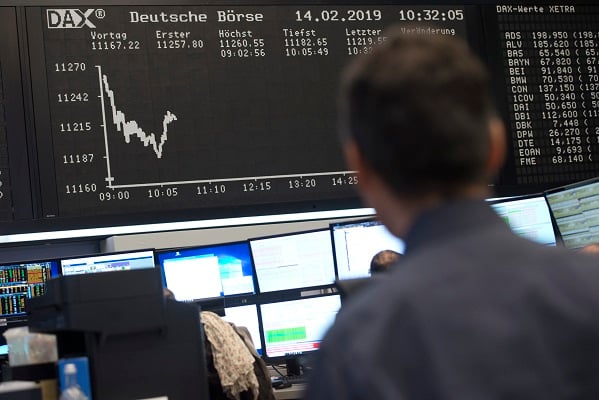Bitcoin miners are the backbone of the cryptocurrency’s ecosystem. They use their computing power to verify and approve transactions and earn rewards in newly created Bitcoins.
However, a BanklesTimes.com data presentation shows that a very small number of miners are reaping the majority of the rewards. According to the website, 10% of Bitcoin miners earn 90% of all block rewards.
This concentration of rewards worries some observers, who fear it could lead to the centralization of Bitcoin mining.
If a few large miners control most of the coin’s mining power, they could theoretically game the system or launch a 51% attack on the network.
Centralisation is undermining Bitcoin
BanklessTimes CEO Jonathan Merry said, “Bitcoin is built on the idea of decentralization — but in practice, it is becoming increasingly centralized.
“A small number of large financial institutions have the capital to buy enough ASIC miners, which can cost thousands of dollars each. Consequently, these companies control a large portion of the computing power on the Bitcoin network.”
Merry suggests Small-scale miners also often pool their resources to increase their chances of validating an exchange. However, this means that their operations are part of larger loads managed by a few companies. According to him, this concentration of power undermines the decentralizing principle that anchors Bitcoin.
Thus, this concentration of rewards could have serious implications for the future of Bitcoin. If just a few miners can control the majority of rewards, they could have a large say in how the cryptocurrency evolves. This could lead to decisions that are not in the best interests of the wider Bitcoin community.
What is behind this centralisation of mining?
Bitcoin’s proof-of-work (PoW) consensus is energy intensive and incentivizes mining as quickly as possible. Mining equipment, too, quickly becomes obsolete. That, too, incentivizes the ability to get existing mining equipment running as soon (and often) as possible over nearly all other considerations.
Also, Bitcoin’s block rewards shrink over time through halving events. At the coin’s inception, miners earned a 50 BTC reward for successfully validating and posting transactions on the blockchain. After the first halving event, that reward fell to 25 BTC. The crypto asset’s value has increased, and these halvings have significantly impacted miners’ profitability.
With each halving event, the block reward reduces by half. This reduction pressurizes the miners to keep their machines running at full capacity to maximize their chances of earning a reward. This way, Bitcoin’s PoW mining structure incentivizes miners to race against each other to validate transactions as quickly as possible.
Environmental impact of centralising BTC mining
PoW mining is often touted as being a low-cost endeavor. And to the extent miners are constantly searching to lower their energy expenses, that’s true. However, the reality is that miners are often willing to pay premium prices for electricity, provided they can set up their operations quickly and start earning rewards.
Consequently, Bitcoin mining in America has been a boon for struggling power plants, as miners are happy to take advantage of any excess or otherwise uneconomic energy source. In other words, while proof-of-work mining may not be the most efficient use of energy, Bitcoin miners often see it as worth the expense.
So the retiring old coal plants provide them with the opportunity to swoop for excess electricity. By making deals with these power plants, they can get the energy they need at a relatively low cost. Given Bitcoin’s volatility, many miners hesitate to make long-term bets on their operations. That’s because there are no guarantees that prices will remain stable or it will find wide adoption.
Consequently, most play it safe by sticking with short-term investments that they can quickly recoup if prices dip. This means that for now, at least, renewable energy sources like solar and wind power are unlikely to replace fossil fuels as the primary source of electricity for mining operations.





Leave a Comment